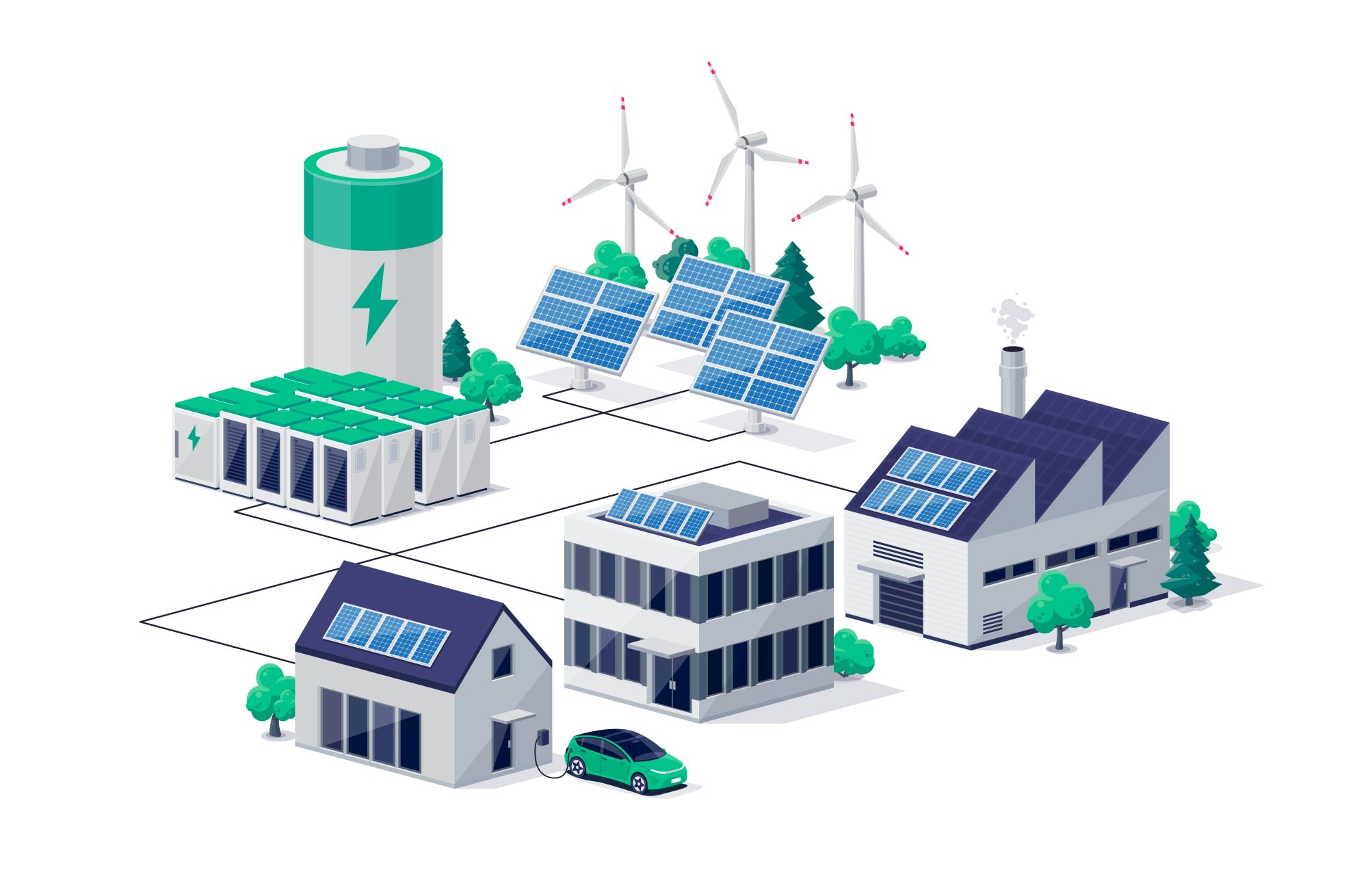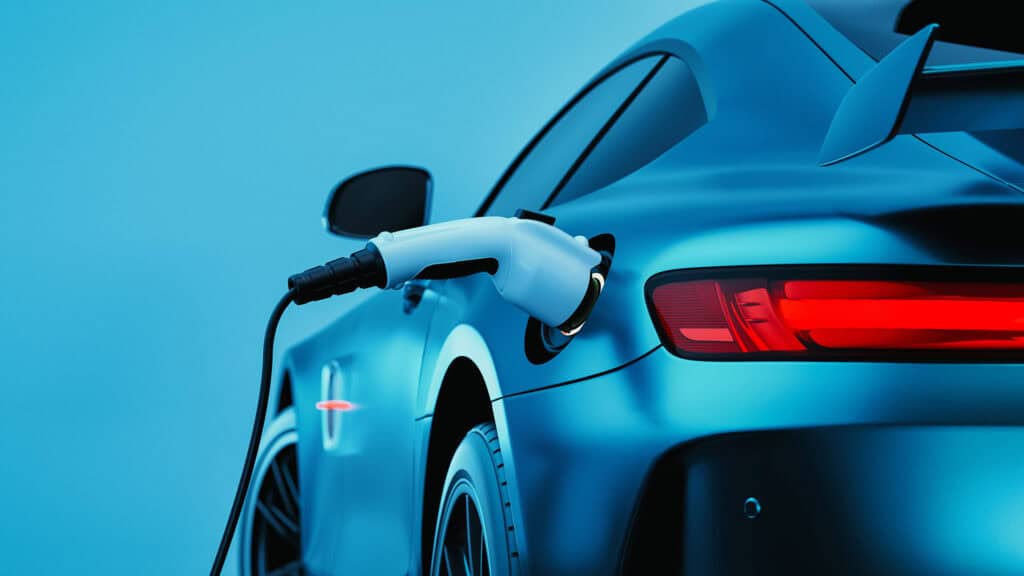The global electric vehicle (EV) market is growing rapidly, and with it, the demand for off-grid EV charging solutions. As EV infrastructure faces challenges in grid expansion, innovative methods like solar canopy chargers, hydrogen fuel cell charging, and Airborne Wind Energy (AWE) are emerging. These off-grid charging solutions are critical to support the expanding EV market, especially in remote areas and commercial settings where grid access is limited. According to IDTechEx’s report, “Off-Grid Charging For Electric Vehicles 2024-2034,” the market for off-grid EV charging is predicted to reach over $16 billion by 2034. While battery electric vehicles and plug-in hybrids continue to dominate the market, the need for scalable charging infrastructure is pressing. Solar canopy chargers provide flexibility, but face limitations in low-light conditions. Hydrogen fuel cell charging offers consistency, though at a higher cost and with efficiency concerns. The IDTechEx report emphasizes the growing importance of these technologies as the EV market outpaces the ability of existing grid infrastructure to meet new energy demands, particularly with prolonged grid connection times. The future of EV infrastructure depends on innovation in off-grid charging technologies.

With the rapidly growing global electric vehicle ( EV ) market comes great demand for new charging infrastructure, including conductive charging, battery swapping, and wireless charging.
Where grid expansion and accessibility ca n’t keep up with this growing demand in the medium term, off-grid EV charging solutions can be implemented.
IDTechEx explores these solutions and 10-year market forecasts in their latest report,’Off-Grid Charging For Electric Vehicles 2024-2034: Technologies, Benchmarking, Players and Forecasts‘.
How are infrastructure demands changing as the EV market expands?
Internal combustion engines are predicted to decline in growth, with battery electric vehicles, plug-in composite EVs, and fuel cell EVs estimated to overtake them.
But as fuel is replaced with electricity, how will all the electricity be transported?
With this increase in electricity demand, production and distribution face tremendous challenges.
In 2019, IDTechEx reported that 23,000 trillion watt-hour equivalent of oil was consumed by road transportation, meaning an equal amount of energy must be sourced and transported to meet the exact requirements.
Although wind on and off the grid can quickly produce green energy while thermal is a rapidly expanding energy source, there are no available resources for the wide distribution of electricity. The recent grid infrastructure is largely constructed around central coal-fired power plants, and it is struggling to adapt to the demands of electric vehicles.
Off-grid charging is becoming important, and the electric car industry is requiring charging infrastructure to keep up with passenger car usage, remote applications, and commercial and industrial settings like big mining or construction sites.
Nearby grid access is under increased pressure because it takes time and money to build the grid expansions needed to keep up with the growing demand for these charging stations.
According to IDTechEx, the average US grid connection time is just under four years, which is a slower pace given the fast expanding EV market.
Off-grid EV charging methods and approaches
Solar canopy chargers, Airborne Wind Energy ( AWE ) generation methods, and hydrogen fuel cell charging are three possible approaches to off-grid EV charging. Each has advantages and disadvantages, and each could help to reduce the weight on a restrained grid.
Canopies that can be used to power batteries that have an EV charging outlet can be set up fairly quickly and simply. This off-grid charging technique can provide free energy and be a fantastic way to get more power on the go.
Solar canopy chargers, but, might face challenges of confined geographical applicability, lower charging rates, and decreased reliability in areas with lowered sunlight or at night-time.
The costs of installations may outweigh the benefits in some cases, as despite being clear, they also require cheap equipment. Although they can also be costly to use and are still in the early stages of development, AWE generation methods offer a flexible and green approach.
With enough hydrogen supply, charging from a hydrogen fuel cell or generator can result in higher charging rates and great consistency.
Although this approach calls for the designation of green hydrogen as a “green” technology, it still has the ability to go beyond net zero and offer a tempting off-grid charging opportunity. Because it can be temporary without requiring continuous installations, fuel cell charging could be used for a number of applications, such as public highways, on construction sites for high-powered vehicles requiring hard charging, and for fleets that need a grid connection boost.
A reliable hydrogen supply may act as a backup option or primary source of electricity for a while to provide energy security.
However, fuel cell charging may also mean substantially lower energy efficiency, and costs can also be a challenge, as acquiring clean hydrogen at a reasonable price could prove difficult. High original costs when implementing this charging strategy should also be taken into account.
Potential forecasts
The primary purpose for off-grid charging, as explored by IDTechEx, is to accommodate the growing EV market alongside minimal electricity infrastructure, providing solutions for charging while the grid is being expanded.
Over the past ten years, world infrastructure investments have been steady. However, new investments will be required to advance the EV market in order to overcome costs challenges and enable the viability of the use of innovative techniques.
By 2034, IDTechEx anticipates the overall off-grid charging market to reach over $16 billion.













